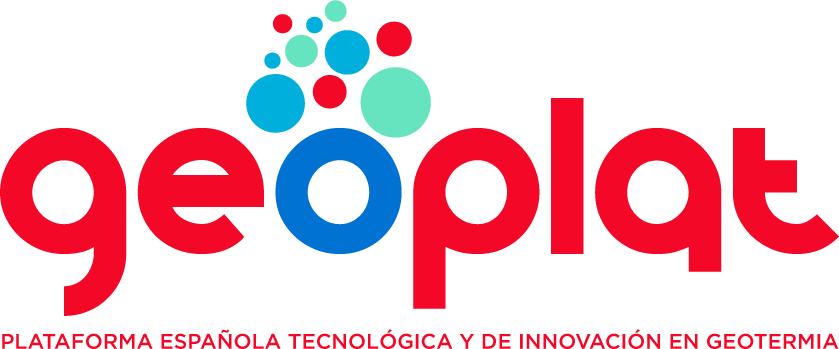31 Mar 2015
2014 JRC Geothermal Energy Status Report
If we recently made a post about the US DOE 2014 Annual Report Geothermal Technologies Office, now it is Europe Commission’s turn to inform about the state of geothermal energy in Europe.
The Institute for Energy and Transport of the Joint Research Institute of the European Commission has recently published in 2015 its 2014 Geothermal Energy Status Report.
The report presents the progress of geothermal energy in Europe and focuses on three forms currently in use:
- Ground source heat pumps (GSHP), with 14.9 gigawatts (GW).
- Direct use, with 3 GW.
- Geothermal plants, with 0.95 GW of installed capacity in the EU.
National plans for the development of renewable energy provide a detailed indication of how the EU Member States expect to reach their goal, legally binding, for 2020 for the share of renewable energy in their total energy consumption.
According to these plans, in 2020 the annual production of geothermal energy in the EU could reach about 50 terawatts (TWh) with geothermal heat pumps (from the current 27 TWh), 30 TWh with the direct use (from the current 7.6 TWh ), and 10.9 TWh (from the current 5.56 TWh) through geothermal plants.
This report presents the current status of the major technologies to utilize the full temperature range of geothermal resources ranging from shallow and borehole ground source heat pump systems, direct use facilities to power plants deriving their fluids from volcanic systems. Power production from hydrothermal resources where natural permeability coincides with hot bedrocks is a mature technology. Power and heat production from engineered geothermal systems where permeability has to be artificially created is less mature and needs further development and support for large scale implementation.
Although the EU theoretical power production potential with the EGS technology is very high, public support for geothermal is limited compared to other renewable technologies. In order to expand the potential for geothermal power production, focus should be made on facilitating the deployment the EGS technology. The understanding of successful long term EGS reservoir management has to be elevated, cheaper and more reliable drilling technologies should be developed.

